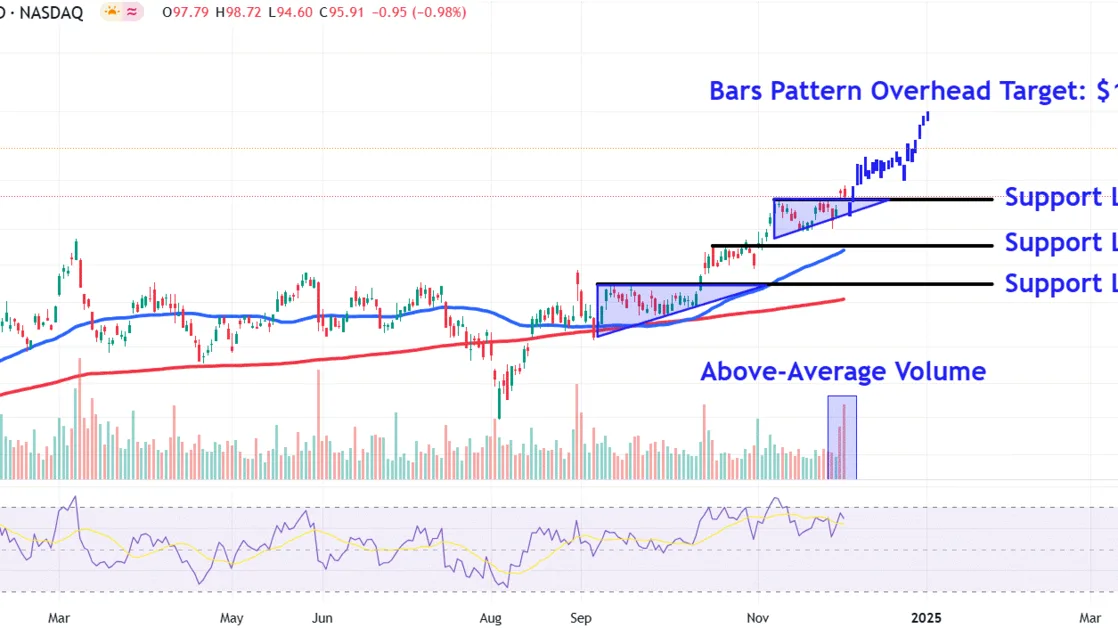Tron founder Justin Sun – described on a recent podcast episode as "shameless" but "very shrewd" and "one of the smartest on-chain users, period" – is in the headlines this week, and not just because of the new self-referentially named memecoin launchpad, SunPump. His move to take a role alongside BitGo in the custody of the $9 billion-plus wrapped bitcoin (WBTC) project has made waves in the highly competitive arena of tokenizing bitcoin for use in decentralized finance (DeFi) protocols on Ethereum and other chains. Read on.
PLUS:
This article is featured in the latest issue of The Protocol , our weekly newsletter exploring the tech behind crypto, one block at a time. Sign up here to get it in your inbox every Wednesday.
Network news
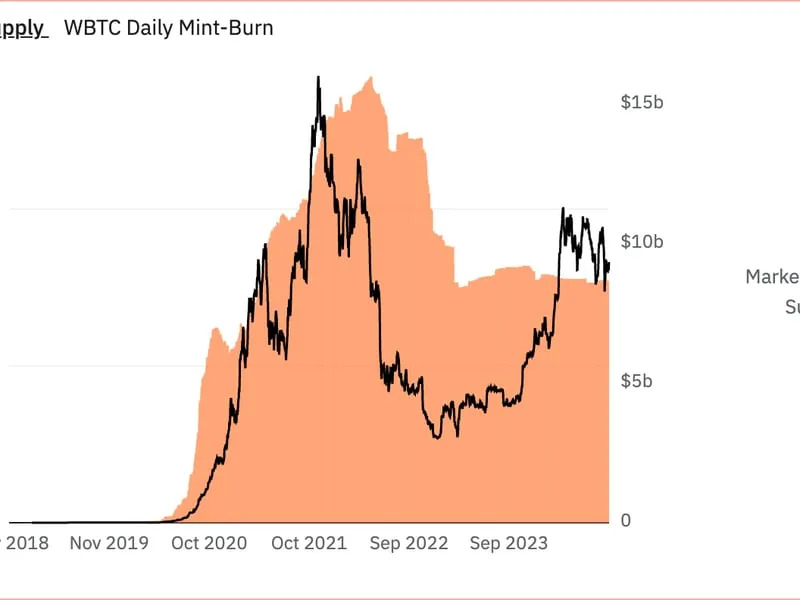
The supply of wrapped bitcoin (orange) has fluctuated, as has the market capitalization, since the price of the WBTC token trades in sync with notoriously volatile bitcoin (Dune Analytics)
WRAPPERS DELIGHT: A shakeup is afoot in the business of tokenizing bitcoin for use on the Ethereum blockchain.
Back in 2019, the crypto custodian BitGo and two partner firms conceived of " wrapped bitcoin " – a way of locking up bitcoin and minting an equivalent token, WBTC, that could be used on Ethereum, a crucial destination for many crypto traders since it's home to the biggest decentralized finance (DeFi) protocols . The WBTC project saw rapid uptake, its market capitalization surging by late 2021 to about $16 billion , before eventually settling back to the current level around $9 billion , still a top-20 cryptocurrency. Of note, however, was that BitGo served as the sole custodian for the locked-up bitcoin, seen as a potential risk.
So it would seem that BitGo's plan, announced last week , to transition WBTC to "multi-jurisdictional custody" – adding operations in Hong Kong and Singapore – might help to address some of the concerns. Instead, some projects and commentators have homed in on the involvement of Tron founder Justin Sun in BiT Global, the custody firm that will now oversee the locked-up bitcoin, as a new risk. "The partnership has raised eyebrows among industry observers," Nydig research head Greg Cipolaro wrote on Aug. 16.
In a tweet , Sun acknowledged he had "heard that the community has some concerns about my involvement in various projects, including WBTC," but insisted that his "personal involvement in WBTC is entirely strategic. I do not control the private keys to the WBTC reserves and cannot move any BTC reserves." BitGo CEO Mike Belshe joined an X Spaces to point out that "there is no single party that has the ability to mint or steal from the underlying treasury."
Even so, the decentralized stablecoin issuer MakerDAO, after a spicy online discussion on its forum , passed a motion on Aug.14 to eliminate its exposure to WBTC, due to concerns that the new setup would " centralize too much control with BiT Global ," as reported by CoinDesk's Sam Reynolds. For now, the DeFi protocol Aave is sticking with WBTC, according to the analysis firm CoinMetrics, but "this transition has brought custodial and operational risks to the forefront, spurring increased interest in permissionless alternatives."
Those might include Threshold's tBTC , or another one called dlcBTC – both out in full force on the podcast circuit over the past week. The U.S. crypto exchange Coinbase teased a new " cbBTC ." On X, crypto influencers touted FBTC , another wrapped bitcoin alternative that launched last month with the support of Mantle Network, as a possible solution to WBTC's " centralization risks ." Such players are "accelerating the development for alternative (and decentralized?) versions of wrapped bitcoin," Galaxy Digital's Gabe Parker wrote in a newsletter. Or as Gauntlet's Tarun Chitra put it on the Chopping Block podcast , "There's going to be this mad rush to try to fill the gap."
A broader and perhaps more bankable take came from Presto Research: "Regardless of one’s view on Sun’s involvement, the attempt to decentralize a key piece of the DeFi infrastructure is likely a step in the right direction, despite its challenges."
ELSEWHERE:
'Wartime CEO': Urbit's Founder Returns in Shakeup at Moonshot Software Project

Urbit founder Curtis Yarvin (David Merfield/NASA, composite by Jesse Hamilton for CoinDesk)
Urbit, an idiosyncratic and audacious project to rebuild the entire internet computing stack from scratch, brought back controversial founder Curtis Yarvin after a five-year hiatus. He holds no formal title but is taking the lead on strategy.
The board of the Urbit Foundation, the nonprofit that steers core development, fired executive director Josh Lehman. Christopher Colby is filling the role on an interim basis while the board seeks a permanent replacement.
The foundation is running out of money. A fundraising proposal backed by Lehman to create a new layer-2 blockchain on top of Ethereum has been scrapped in favor of Yarvin's strategy, which involves creating a utility token, possibly on Base, Coinbase's layer-2 network.
Protocol Village
Top picks of the past week from our Protocol Village column, highlighting key blockchain tech upgrades and news.
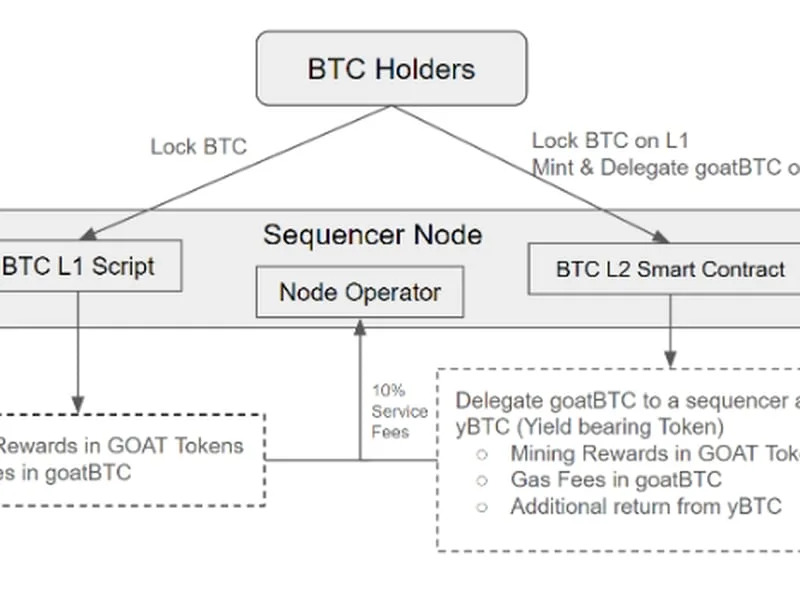
Schematic from GOAT Network economics beigepaper illustrating the "two primary methods for BTC holders to participate in a sequencer" (GOAT Network)
1. PROTOCOL VILLAGE EXCLUSIVE: GOAT Network , describing itself as the "first Bitcoin layer 2 to share network ownership," published their economics beigepaper detailing their economics and solution to sustainable BTC yield. An executive summary reads: "GOAT Network leverages decentralized sequencer, BitVM2 and zkVM technologies to create a platform that inherits the security of BTC mainnet, while accommodating investors’ diverse financial needs."
2. FIRST ON COINDESK: Robin Linus , the Bitcoin developer who shook up the crypto tech landscape last year with a theoretical method of making the oldest and original blockchain more programmable , is out with a second iteration called " BitVM2 " – boasting dramatic improvements that could bring the concept closer to real-world implementation. The basic setup involves using cryptography to compress programs into sub-programs that can then be executed within Bitcoin transactions, according to a white paper published Thursday by Linus along with five co-authors.
3. Linea , an EVM-equivalent layer-2 network bootstrapped by the Ethereum developer Consensys, and Status , describing itself as an " open-source decentralized communication super app " are collaborating on a parallel chain. According to the team, the new L2 rollup, Status Network, "will be launched and the Status team will be first contributors to use Linea’s code through their new open-source repositories. Status developers will engage directly with the Linea codebase, intending to operate an identical version of Linea in parallel, thus strengthening the entire ecosystem. The team will also contribute to ongoing engineering on Linea, such as supporting client and prover diversity, and conducting research to advance Linea’s decentralization roadmap."
4. Bitcoin (BTC) staking platform Babylon , led by a Stanford University professor and tipped to be one of the more promising new scaling projects for the oldest and largest blockchain, is moving to the next stage of its development, with plans to launch the first phase of its main network on Aug. 22 . Babylon raised a $70 million funding round led by Paradigm earlier this year . The project is led by Stanford engineering professor David Tse , known for his prior research on information theory while working at University of California, Berkeley. During the first phase, BTC holders will be able to lock their tokens on the Bitcoin network, according to an emailed release on Monday.
5. Network3 , describing itself as a "protocol for decentralized, authenticated, anonymous and reliable data transmission and computation," launched a physical dual mining machine, called the N3 Edge, that supports both IoTeX and Network3 tokens.
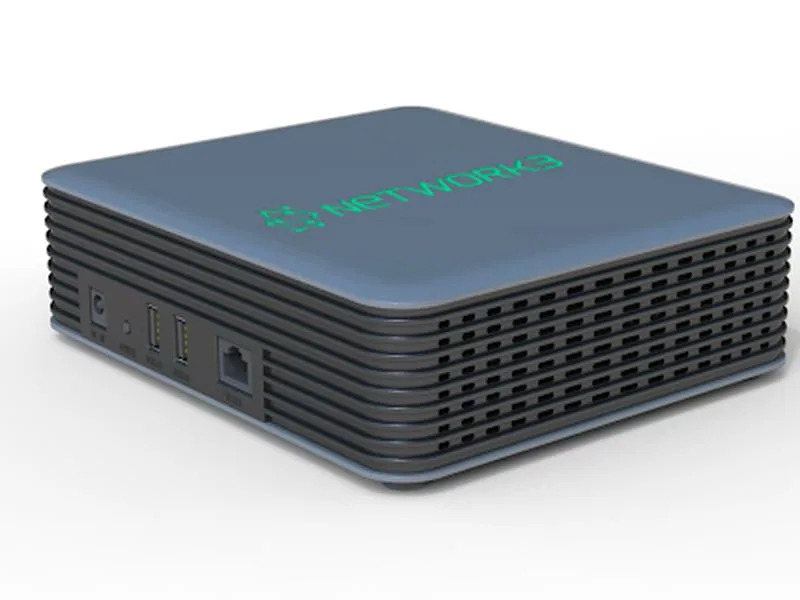
Network3's new physical dual mining machine, N3 Edge (Network3)
Money Center
Fundraisings
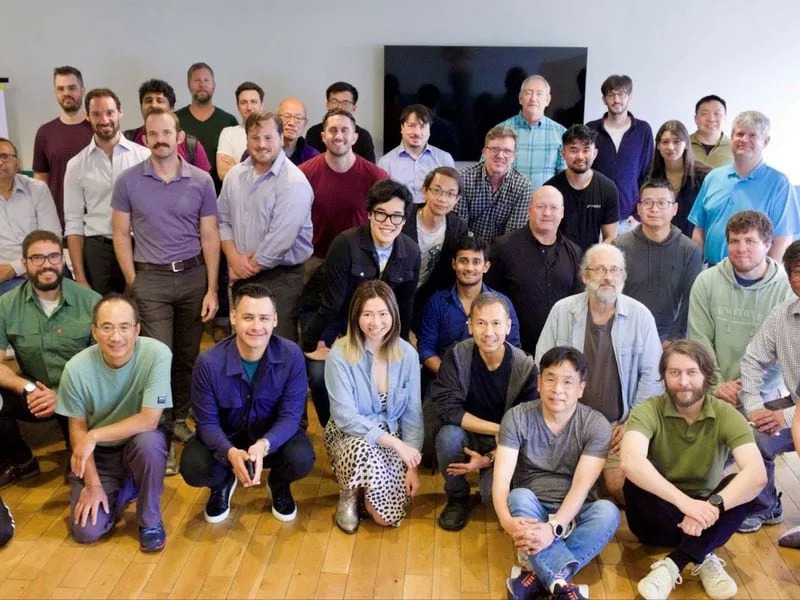
Fabric Cryptography team (Fabric Cryptography)
Deals and grants
Data and Tokens
Regulatory, Policy and Legal
Dark Pools Dominate Ethereum as Private Transactions Surge – at Least by One Measure
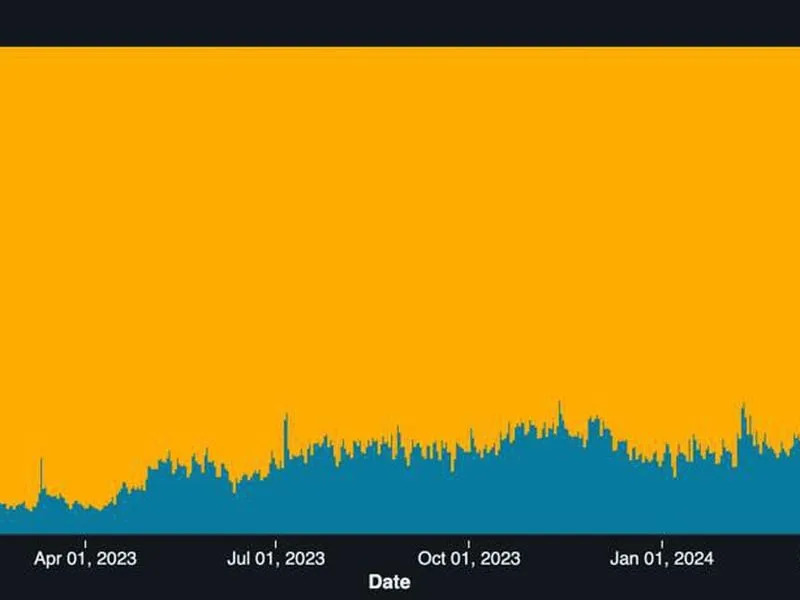
The percentage of private transactions on Ethereum, when measured by total gas used, has climbed since September 2022. (Blocknative)
A growing number of sophisticated Ethereum users are choosing to transact privately on the blockchain – relying on so-called dark pools to avoid trading bots set up to front-run transactions, but potentially sacrificing the openness and transparency that are supposed to be hallmarks of decentralized public networks.
That's according to new research compiled by Blocknative, a company that specializes in preventing or minimizing the impact of MEV, which stands for "maximal extractable value" – the profits that can be siphoned off by fast-moving software bots that can quickly enter into trades to skim margin off of transactions that are sitting in the network's public queue, waiting to be processed.
Private transactions, which are sent directly to validators or block proposers, instead of public mempools, now account for about half of the total on Ethereum, in terms of the total gas usage – reflecting the computational power required to process transactions. The percentage was about 7% in September 2022 when Ethereum transitioned into a proof-of-stake network , but it's taken off this year, jumping from about 15% since the start of 2024.
"You have a small number of actors who can see the private flow," Blocknative CEO Matt Cutler said in an interview. "Certain people can see stuff, and certain people can't, and that creates opportunity and advantage."





